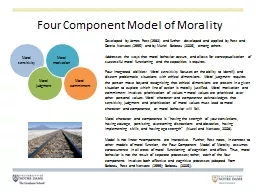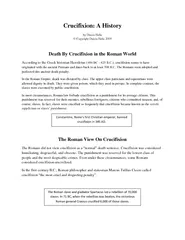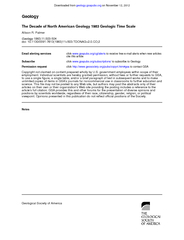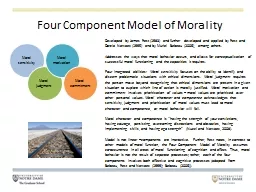PPT-D eveloped by James Rest (1983) and further developed and applied by Rest and Darcia
Author : luanne-stotts | Published Date : 2019-02-17
Addresses the ways that moral behavior occurs and allows for conceptualization of successful moral functioning and the capacities it requires Four integrated
Presentation Embed Code
Download Presentation
Download Presentation The PPT/PDF document "D eveloped by James Rest (1983) and fur..." is the property of its rightful owner. Permission is granted to download and print the materials on this website for personal, non-commercial use only, and to display it on your personal computer provided you do not modify the materials and that you retain all copyright notices contained in the materials. By downloading content from our website, you accept the terms of this agreement.
D eveloped by James Rest (1983) and further developed and applied by Rest and Darcia: Transcript
Download Rules Of Document
"D eveloped by James Rest (1983) and further developed and applied by Rest and Darcia"The content belongs to its owner. You may download and print it for personal use, without modification, and keep all copyright notices. By downloading, you agree to these terms.
Related Documents














